Creating Sales Funnels and Landing Pages
Landing pages provide a central destination on your website to convert site visitors into prospects, qualified leads, or subscribers. A sales funnel, on the other hand, depicts the journey of potential customers toward purchasing your goods or services. It comprises all the activity surrounding your landing page that helps to drive visitors to the page. Sales funnels can be very wide, often including informational content aimed at a large audience. They can also be very narrow and targeted, only targeting specific people at a particular purchasing stage.
Whatever form your landing page takes, sales funnels are an important tool to help you visualise how a prospect moves through your sales or marketing process before becoming a qualified lead. We understand how important sales funnels are to your marketing efforts, which is why we have created a tool that helps businesses make the most of their landing pages. At Munro Agency, we provide you with the software and know-how to help create better marketing and sales funnel. When it comes to lead generation, our landing page builder will change your business.
Table of Contents
Why do you need a landing page?
If your website is already set up, you may wonder why you need a landing page. Well, A landing page is a webpage where people end up after they click your advertisement. Ideally, you should have a landing page dedicated to each marketing campaign or specific product. Here are some reasons why having a landing page is a great idea:
1. More focused presentation of content
You can use landing pages to provide a unique visual experience to the people visiting your site. Your website has content that covers different topics, ideas, and even focus points. A landing page helps you draw the attention of the consumer to one specific content idea.
2. Freedom to create in a fresh and innovative fashion
A landing page makes it possible for you to try new ideas since it does not impact the outlook on your domain. It is a place where you can stretch out and try a different theme, design, and even presentation.
3. Utilise the data you have collected on individuals to tailor the experience
Our landing page tool allows you to collect information about your visitors. This means you can tailor experiences for them and personalise interactions. With the landing page tool, you can tap into any information you have collected on people. The tool includes two important customisation features – merge variables and dynamic content.
Merge variables alone help you acknowledge each participant that engages with your content. This becomes very significant when you want to tailor the user experience. It, in turn, enables you to increase your conversions. Dynamic content helps you acknowledge what you know about someone, and it also helps you offer them valuable and impactful items. They will be more responsive, and you can leverage this to increase your conversions.
4. Ability to leverage additional Munro Agency features seamlessly
The more you utilise the software platform, the more value Munro Agency gives you. And the landing page builder brings this out while leveraging features such as forms. This is an element in which you can drop a content piece inside the landing page tool. All you have to do is remember the name of the page, which makes it super easy to use. People with varying experience levels can use this tool.
Should your landing page be homogeneous to your domain?
When creating a sales funnel, you want to be more focused on the landing page presentation. Do not try to emulate the main website page. A core benefit of working with a landing page is the aspect of ‘keeping the blinders on.’ Many times, a landing page is a more cohesive marketing strategy. It is more correlated to your other marketing efforts and is better than getting traffic from various sources, such as your website. Your landing page traffic mostly comes from ads, while the homepage traffic comes from many sources since it promotes general website browsing.
Many people click through an advertisement with a certain goal, and you should aim to maintain that experience by taking them to a landing page. The landing page should be dedicated to that focus so that your audience does not get lost. While a website features different engagement points and aspects, a landing page should focus on a specific conversion aspect to optimise conversion rates.
Best Practices for Creating Landing Pages
-
Understanding where the landing pages live
When you set up a landing page, it is best to create subdomains to house your landing page content. When you attach a domain to the landing page builder, the domain is not presenting the content you create. Instead, the content is housed on a pages.services url because we host it. All data is contained within the pages.services url. Having a sub-domain attached to your main domain to host allows you to insert an alias. That will remove the pages.services url and replace it with your preferred domain name. It also opens up the SEO and indexing component to landing page publication. There is no limit to the number of landing pages that you can fix.
-
Templates as a starting point
There is a template library that is great if you are new to content creation. It gives you a pre-built infrastructure to tailor your content. It also gives you a course and design that you can leverage. You do not need to be super creative to use this tool.
-
The magic is in the layout
Landing pages have single page options and progressive funnels. A funnel refers to a multi-page landing page. The more you leverage the template, the more consistent your performance in adaptability, presentation, and consistency will be. Starting from scratch on the template gives you access to all the blocks that make up the template. It has 3 to 5 blocks per page that can be filled with your content of choice. Working on your template from scratch will produce more of what you are aiming for and result in higher satisfaction with the end product.
-
Use what you know
-
Use funnels to power marketing strategy
You can base automation on site participation. To do this, you can create multiple landing pages and determine whether the audience gets the most interior conversion. A multi-page landing page can be used to assess whether customers move to the second or third page or only access the first page. The information you get can be used to power your marketing strategy and in creating a sales funnel.
In-App Walk-through – Landing Pages
One of the things to remember about landing pages is that they are domain-specific. Once you log into the tool, fill in your preferred domain name. After this, click on ‘New’ then ‘Landing page’, and this will take you to a funnel screen. The funnel name will represent the goal you are trying to achieve. Select the funnel domain you want to use and the number of pages you want the landing page to have. Once you have filled these in, click on ‘create funnel’.
When you do this, it will take you to a landing page template that is empty. On the left side of this page, is a dashboard that gives you various editing options, such as an ‘add content’ option. That option has pre-formatted blocks that you can use. You can filter blocks by category and choose one that you want to use. There are also layout blocks from which you can choose. These include a full-width block, two-column split, three-column split, four-column split, among others.
You’ll also find individual element pieces within the content blocks that allow you to adjust information within the blocks. You can access another setting for this template from the dashboard. This is the code editor. It makes it easy to cohesively work with every web page that is part of the funnel.
When it comes to SEO, you also find some very useful funnel settings. The information required here includes the funnel name, the funnel domain, the funnel slug, and the funnel URL.
You can maintain the automatic URL (.pages.services) provided or change it to have your website name as an alias. The benefit of changing the URL is that it is good for SEO purposes, and maintains the user experience. Still, on the funnel settings, there is a tracking consent banner that will appear at the bottom of your page. The tracking consent banner allows the user to know that you are using cookies to track their information. Turn on the toggle button for ‘Use consent banner’ if you would like the banner to appear on your page. To see what the banner will look like when it pops up to a user, turn on the toggle for ‘preview consent banner’. This will show a preview of your tracking consent banner on the landing page. You can change the description text for the banner and the ‘consent’ and ‘deny’ labels.
Below the ‘Tracking Consent Banner’ is the ‘Page Settings’ where you can change the flow of the pages on your landing page template. You can also fill in your meta-title and meta-description from here for indexing and SEO purposes.
The last option on the dashboard of this template is the dynamic content option. Dynamic content is a huge asset for personalising content based on your audience information. You can base the rules on your funnel like the example below, which has an already established landing page. The rules set up here are science, escape society, and adventure. As a result, the people responding to the landing page will have these different options to choose from.
Landing Pages in your Marketing Strategy
A landing page is a handy tool for lead generation and creating a sales funnel. But you can also use this tool for other purposes, especially for implementing your marketing strategy. Here are some of the ways that this tool can connect to your overall marketing strategy:
-
Provide a call to action for outreach
The main purpose of a landing page is to push a specific conversion. You can leverage other marketing channels to draw people towards your call to action. Some of the marketing channels you can use for this are emails, directed ads, and social media posts. It is a great way to direct people to your landing pages.
-
Automation pivot point
-
Using the funnel to drive processes
You can also use the funnel to get an acknowledgement of data and access, as well as connectivity to the device that the user is submitting from. You can incorporate this information into the user experience for better outcomes.
-
Alternate automation ideas

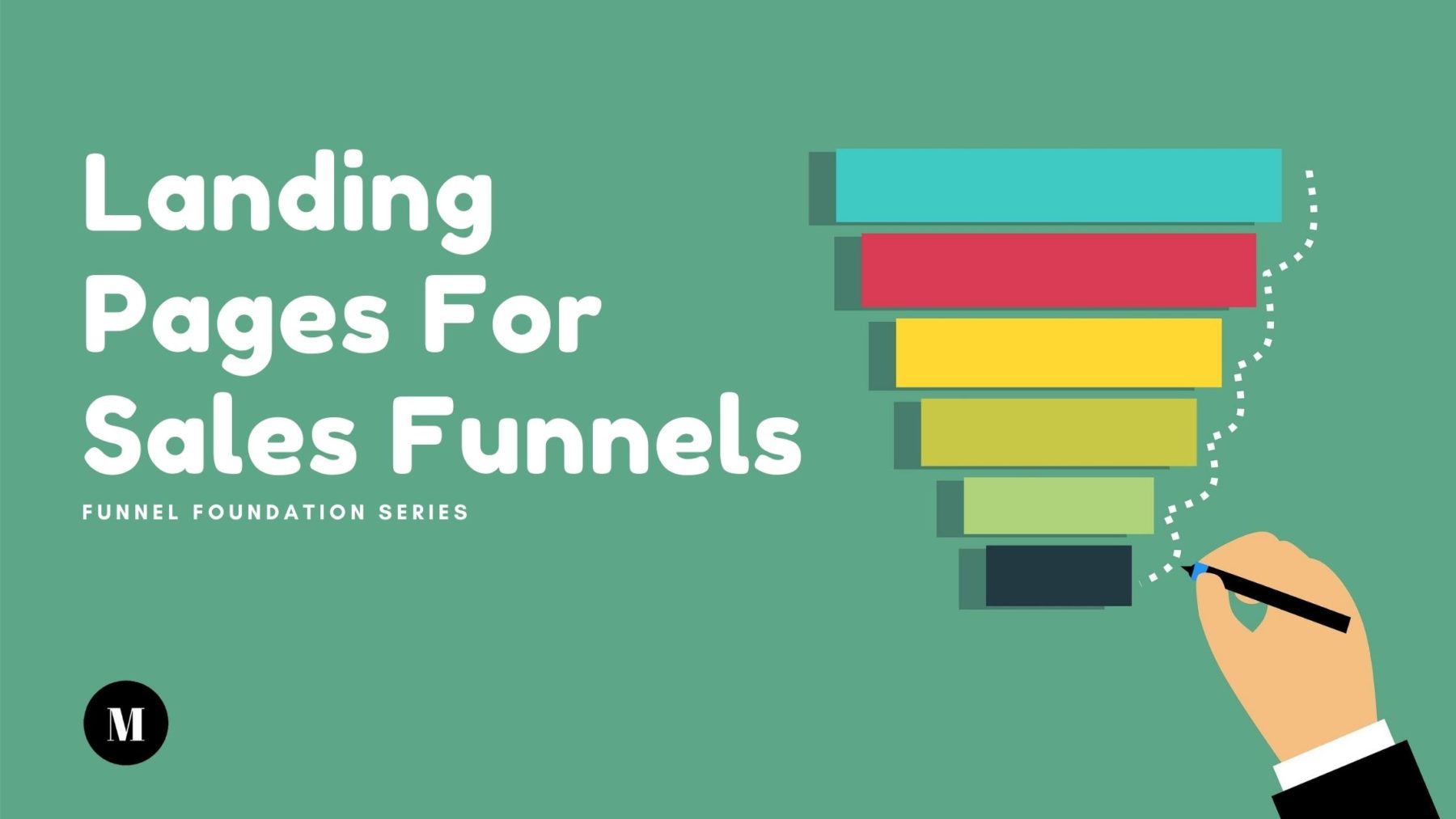
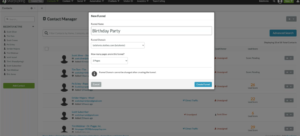
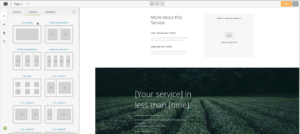
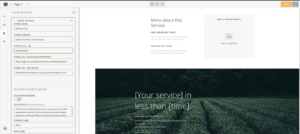
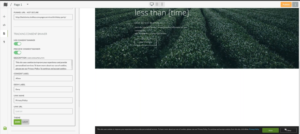
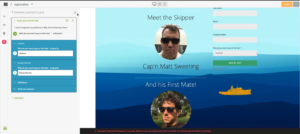

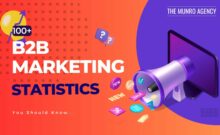
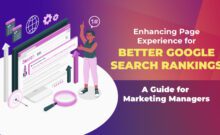

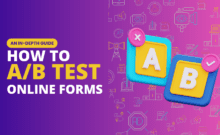
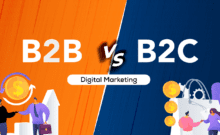
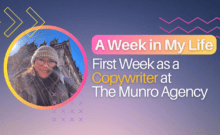

Leave a Comment